What and how to paint the polystyrene?
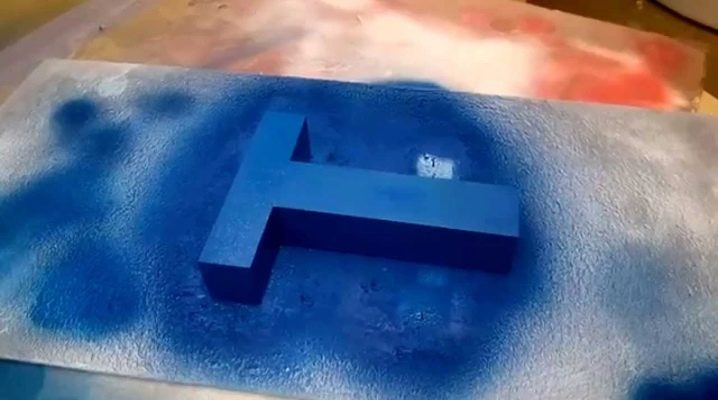
Polyfoam is a popular material as it is used in various fields. It is used in construction, and a lot of interesting crafts are also made from it. Since it is produced in white, consumers often paint the material in bright colors with their own hands.
In order not to spoil foam products, it is necessary to select high-quality and suitable paint.

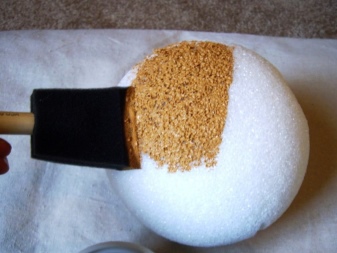
The need for painting
Polyfoam can be used as a finishing material for finishing the facade and rooms inside, as well as as a heater and for thermal insulation of ceilings between rooms. It is also used for the manufacture of various decorative elements that complement the interior of the premises. The material is painted in the following cases.
- Creating a harmonious interior. The effect of completeness is an important aspect in interior design. In a properly designed room, all finishing elements should be in harmony both with each other and with the style of the room. White foam may not fit into the overall picture, thereby ruining the entire interior. Because of this, many people choose other types of finishing materials that could be an effective addition. But some also use polystyrene, believing that it is more rational to cover it with a coloring agent than to look for a worthy replacement.
- Protection. Aggressive external environment can have a destructive effect on the material. The paint can protect the foam from ultraviolet radiation, temperature changes and precipitation, as well as strong wind and physical deformation.
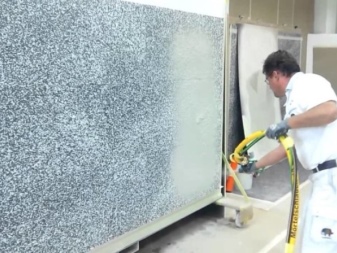
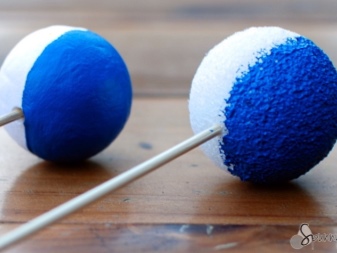
Painting is an ideal option for those who want to extend the life of the material, because unprotected foam can lose its aesthetic initial appearance quite quickly - in just one season.
Choice of paint
There are general requirements for paints and varnishes used for painting foam:
- they must have a long service life;
- it will be better if the product dries quickly and is odorless;
- the paint must be safe for the health of people and animals;
- if necessary, the coating should be easy to clean;
- the material must be resistant to various kinds of pollution;
- the material should not be affected by both high and low temperatures.
To choose the perfect paint for a material, you need to consider where it will be applied.
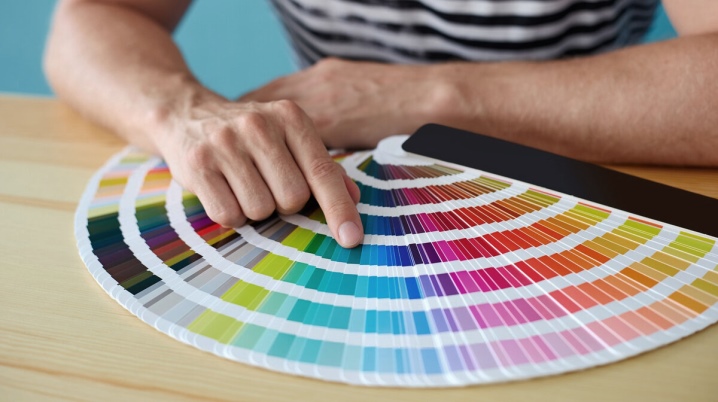
For the facade
So that the foam for outdoor work does not corrode, and so that it does not crumble, it is recommended to use acrylic compounds. If you need to use other substances, you can try to bypass their aggressive properties. Liquid glass or silicate solution should be applied to the surface of the material. You can also putty the foam to make it stronger and more resistant to acids and alkalis.
Quite often, rubber paints are used to paint the material outside. They look aesthetically pleasing and effectively protect the foam from the effects of precipitation, as well as low and high temperatures.
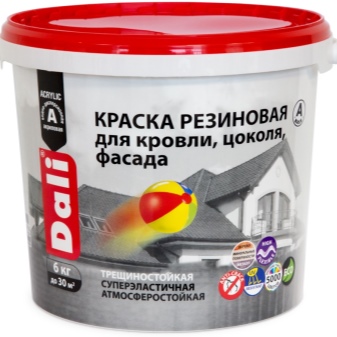

For premises
Inside the house, gentle coatings are used, which do not contain chemical components. Most often, polystyrene in an apartment or house is painted with water-based paint. It is ideal for painting decorative items and decoration at home.
When painting foam ceiling structures in the bathroom or kitchen, you should choose more resistant paints and varnishes. In these rooms, various contaminants (grease, mold, fungus) often appear on the ceilings. The material turns yellow, as dirt eats into it extremely quickly and deeply.
Simple formulations will not help solve this problem, since they are not always able to block contamination.

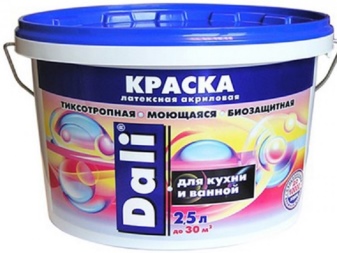
For aquatic environment
Various decorations for aquariums are made from polystyrene, as well as floats, circles for lifeguards and other products that are used where there is a lot of water. They should be painted with compounds that will not be washed off with water and will not crack.
Such models are painted with polymer felt-tip pens or waterproof permanent markers. The paint for them should not have an odor, since otherwise it will poison the inhabitants of ponds and lakes in which foam products are used.

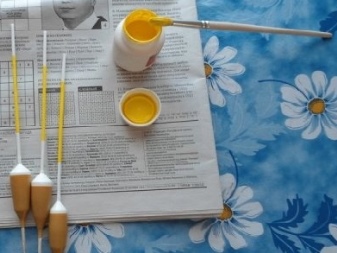
For crafts
The best option for painting crafts made from material with a bubble texture is acrylic paint, which will adhere well to the material. It is difficult to paint porous material with this agent due to the porous structure, therefore 2-3 layers should be applied. An additional layer is applied after the previous one has dried.
Do not use aerosol paints in cans, as they are capable of dissolving foam products. Latex and enamel compounds will also "eat" the material. Better to limit yourself to classic paints:
- oil;
- acrylic;
- watercolor;
- gouache.

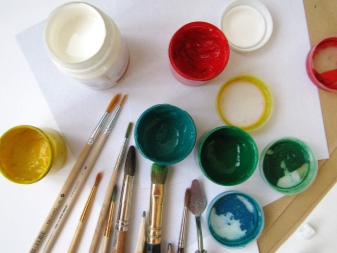
Top manufacturers
There are many companies that provide different types of coloring agents for painting polystyrene foam. Here are some quality formulations.
- Tikkurila luja. Paints with different characteristics and properties that can hide the original color of the foam, which is extremely convenient for those who need to paint old ceiling structures. The formulations can be applied in a minimal layer. A large selection of shades allows you to choose a tool that will help the foam element to complement a particular interior.
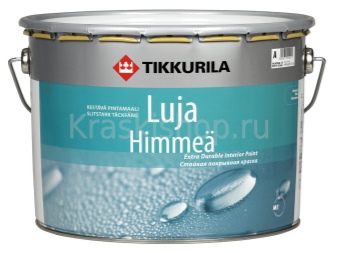
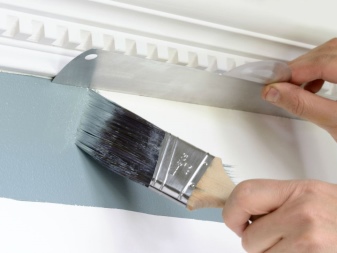
- Parade W4. Long-lasting paint that adheres well to the material. Most often, the composition is purchased for painting baguettes, fillets and moldings. With this tool, you can effectively decorate a baguette pattern or make the ceiling pattern on a tile more aesthetic.
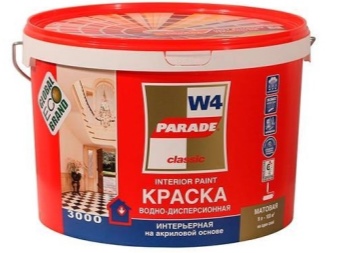
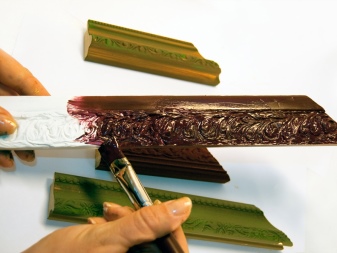
- TRIORA. Such paints are suitable for painting the facade on the street. They effectively protect the foam from moisture and other factors; if applied correctly, they can delight the owner of the facade for up to 7-10 years.
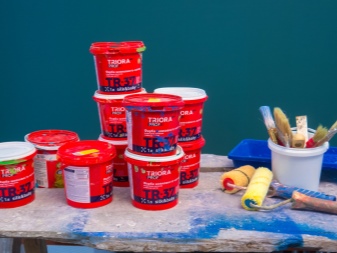
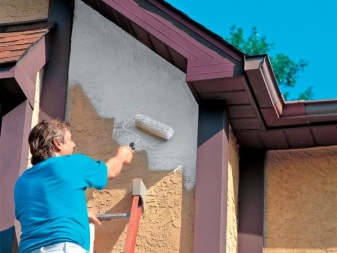
- Caparol Unilatex. Latex resistant paint for painting materials used for interior work. Has good moisture resistance.


How to paint correctly?
After a careful study of the different formulations, you can start painting. The work is carried out in several stages.
- First you need to carefully align the material. To do this, get rid of the seams with a putty (you can also use an adhesive). It is necessary to carefully smooth out the places with protruding dowel caps. Reinforcing tapes can be used instead of mortars.
- Do not start applying paint while cobwebs, dust, dirt and various defects remain on the foam. In the process of work, all this will roll, which is why the appearance of the painted material will not be too aesthetic. Dirty spots and pellets can be seen on it.
- It is important to make a styrofoam primer. To prime the surface with your own hands, you need to purchase a special acrylic-based compound. In the process of work, the product may roll off, which will cause smudges. But this is not a problem, since after drying, such elements are quickly removed with a spatula.
- After the foamed surface is carefully putty. This will allow the foam to be more durable, despite the effects of any paint and varnish composition. A rubber spatula is used to apply the putty. You cannot leave indentations and scratch the material, but if this does happen, you can subsequently get rid of the defects by sanding. When using water-dispersion compositions, it is possible not to completely putty the area. It is enough to do it at the joints.
- You need to paint the foam with a roller, so the coating will be neat and even. Small brushes are also used to paint over hard-to-reach areas, such as corners. A small amount of paint is poured into a special tray. The roller is dipped in the product, but so that the paint does not drip. In the process of staining, you need to move in one direction, otherwise ugly stains may appear.
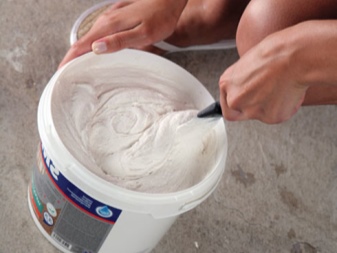
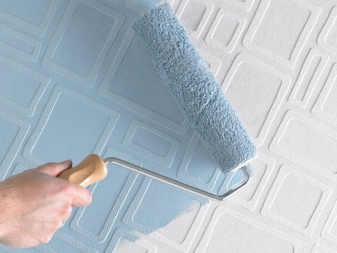
After painting, the foam should be left until the coating is completely dry. If the color is dull or some part of the product is strongly absorbed into the material, another layer should be applied. But before that, it is important to wait for the first to dry.
Styrofoam, which will later be used for the manufacture of children's or adult crafts, is most often painted with aerosol paints. So that they do not dissolve the material, the workpieces are initially coated with water-based compositions. They are the basis on which you can draw various patterns with any paint.
A protective layer is applied to the products with watercolor and paint brushes on each side, after which the workpiece is left for a while, necessary for complete drying. After that, a sketch of the drawing is applied, which is painted with gouache.
When making a New Year's toy, you can additionally use an aerosol containing sparkles. In this case, it is necessary to select synthetic materials that are odorless.

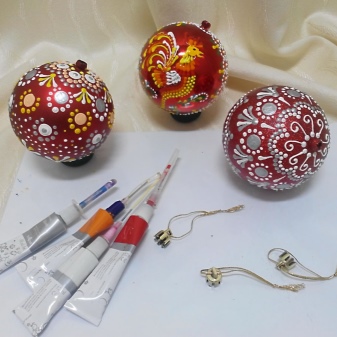
Useful Tips
Paints and varnishes should lie evenly and neatly so that the foam products are pleasing to the wearer's eye. To do this, you need to follow a few simple tips.
- Before applying paint, gently wipe down the foam surface using a damp microfiber cloth.
- If it is necessary to dilute the product, it is better to use only clean water. You should carefully study the instructions on the packaging of the product, and also observe the recommended proportions.
- To prevent the material from crumbling during the painting process, you can treat it with liquid plastic and wait until it dries completely.
- If the styrofoam has any raised features or patterns, you can paint it with a thin cloth using acrylic paint.
- When painting, it is necessary to highlight the embossed elements. In this case, the decor will look more impressive.
You don't need to have any special skills to paint the styrofoam. Coating the material is a simple process, you just need to remember the basic rules and carry out the staining in stages. It is also worth choosing a non-aggressive composition that will protect the material, and not spoil it.
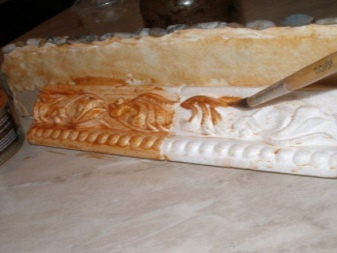














The comment was sent successfully.